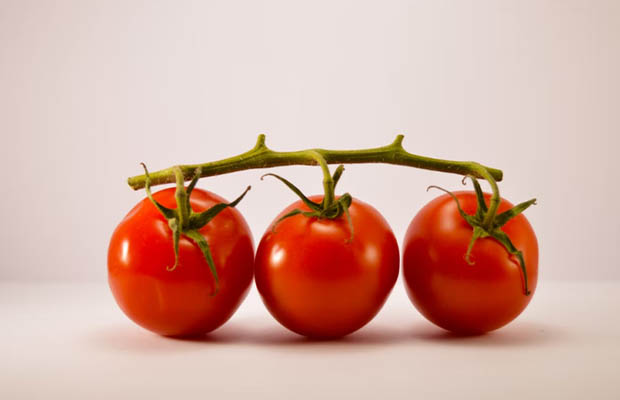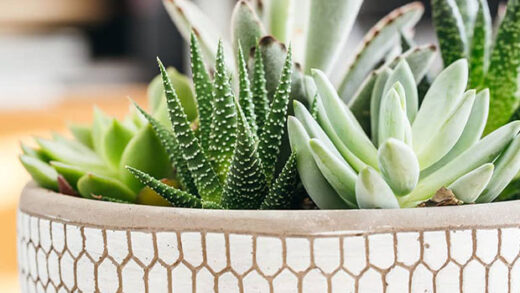Overcrowded or widely spaced tomato plants are probably less healthy and yield a smaller crop. What varieties of tomatoes you’re growing and how you intend to support the plants will both affect how far apart you space your tomato plants.
The type of tomato variety and the type of garden are two variables that affect tomato plant spacing. You’ll be setting yourself up for success if you heed our advice.
Related Reading: How Much Room Does Cantaloupe Need To Grow?
Table of Contents
How Much Space Do Tomatoes Need To Grow?
Aim for tomato plants that are evenly spaced for the following reasons:
- Disease prevention. The risk of disease can increase if tomato plants are spaced too closely as they are prone to a number of diseases.
- Adequate light. Sunlight is essential for the healthy growth of tomato plants, which enjoy the heat. When seedlings are crowded, the plants will shade their neighbors as they develop.
- Production. I like to fill up every square inch of my growing area, leaving little room for weeds to grow. Too much space between tomato plants results in the growth of weeds, the loss of valuable growing space, and a decreased potential harvest.
- Less competition. As was already mentioned, dense plant growth reduces airflow but also puts them in a competitive position for resources like water and nutrients.
The Importance Of Spacing
Tomatoes planted too closely together may be more susceptible to issues like:
- Disease – On wet leaves, a variety of plant diseases thrive. The plants will be more susceptible to harmful diseases if tomatoes are planted too closely together so that air and sunlight cannot dry out the leaves.
- Stunted Growth – For resources like water, soil nutrients, and sunlight, plants in your garden compete. If tomato plants are planted closely together, they will compete for these resources and probably all lose because tomatoes need a lot of them.
- Low Production – Even if tomato plants that are too close to each other survive, they might not yield as many tomatoes as they would have if they were given enough room to grow.
Correct space enables:
- the ideal quantity of sunlight for plants.
- adequate airflow around plants.
- ideal resource allocation, including nutrients and water.
- using a stake, cage, or trellis to support plants properly
- Ease of harvesting.

Different Types Of Tomatoes
Determinate – Known also as “bush tomatoes,” determinate tomato plants are compact plants that typically reach a height of three feet, though some larger varieties may reach a height of four feet. Determinate tomatoes are popular among gardeners who like to can or preserve their harvest because their fruits ripen at roughly the same time. Determinate tomatoes are frequently left standing unsupported, but they can also be kept upright with sturdy tomato cages.
Indeterminate – Indeterminate tomato varieties have a greater potential for height growth than determinate tomato plants, which reach a certain size before stopping. They only stop expanding once the final frost kills the plants for the season. They are also known as “vining tomatoes,” and they produce fruit over a protracted period of time. They thrive when supported by strong structures like trellises, stakes, or tall wire cages.
What Is Best Spacing For Tomato Plants?
The determinate or indeterminate variety of tomatoes grown, as well as the type of support being used, will determine how far apart to plant tomatoes. Trellised plants in reliable supports or cages can withstand a closer planting than those that are allowed to sprawl on the ground. Naturally, there are additional advantages to trellising your tomato plants. Soil-borne illnesses will be less likely to affect them.
Determinate tomatoes – Dwarf determinate tomatoes should be planted one to two feet apart because they only reach heights of 12 to 18 inches. Planting space for determinate tomatoes of the full size should be two feet.
Indeterminate tomatoes – This is where supporting your plants makes a significant difference in spacing. I spaced my staked indeterminate tomato plants 18 to 24 inches apart. They undergo routine pruning throughout the growing season to manage growth and promote efficient air circulation. Furthermore, although I don’t let any of my tomatoes plants sprawl on the ground, if you want to leave your indeterminate plant un-staked, place them three to four feet apart.
Keep On Top Of Pruning
Don’t forget to prune after you have your tomatoes planted with the appropriate spacing. Determinate tomatoes don’t require pruning, but staked indeterminate tomatoes do require regular pinching to get rid of suckers, which encourages healthy, productive plants. Pruning tomato plants is simple, but it should be done every 7 to 10 days.
Suckers are vegetative shoots that grow in the space between the main stem and a branch. While removing suckers may result in an increase in the number of tomatoes, the size of the overall fruit will be reduced. Suckers do produce flowers and fruits. The plants naturally become a tangle of foliage with little airflow.
Early in the summer, I allowed two to three suckers to grow while pinching the others every few weeks. It is simple to remove the suckers with your fingers when they are 2 to 3 inches long. If you wait for them to get bigger, you might need a pair of pruners to properly remove the suckers.
It’s simple to figure out how far apart to plant tomatoes, and doing so is crucial for the health and yield of your plants. Check out Craig LeHoullier’s bestselling book Epic Tomatoes for more information on growing tomatoes.
Other Posts You Might Like:

















